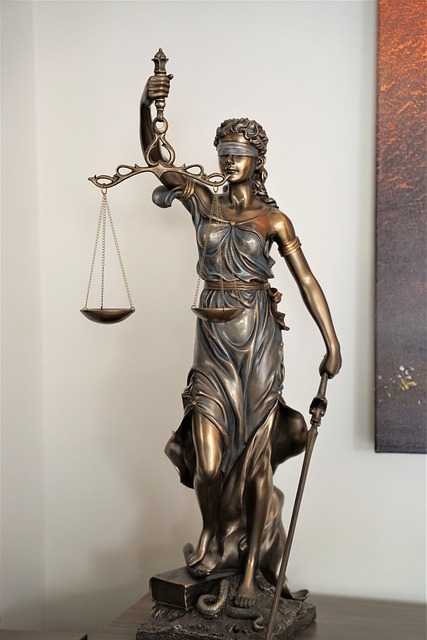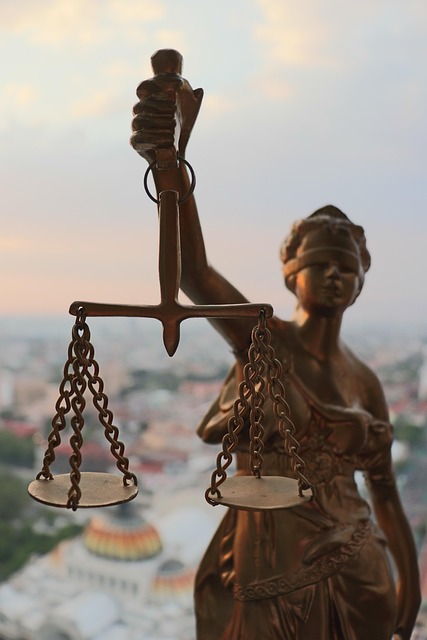In the complex web of bicycle accident liability, state laws and regulations dictate responsibility, holding cyclists to standards similar to motorists but with exceptions in cases like nursing home neglect or employment disputes. Understanding these legalities is vital for all parties involved – cyclists, drivers, and institutions – to effectively navigate potential liabilities. Adhering to safety protocols ensures road safety and minimizes conflict, while accident attorneys serve as crucial navigators through the complexities, helping victims seek fair compensation via personal injury lawsuits and ensuring adherence to legal protocols in employment disputes.
Bicycle accidents, while often involving less harmful physical contact than motor vehicle collisions, still require a clear understanding of legal responsibilities. This article delves into the intricate world of bicycle accident liability, exploring how laws determine culpability and subsequent compensation. We’ll break down key aspects such as understanding specific legislation, assessing fault when cyclists and other parties are involved, and the legal recourse available to victims. By the end, readers will grasp the complexities and rights associated with these incidents.
- Understanding Bicycle Accident Liability Laws
- Determining Fault in Cyclist and Other Party Involvement
- Legal Recourse and Compensation for Victims
Understanding Bicycle Accident Liability Laws

In the realm of bicycle accident liability, legal determination involves a complex interplay of state laws and regulations. Each jurisdiction has its own set of rules that dictate responsibility when a biking mishap occurs. Typically, bicyclists are held to the same standards as motorists, with obligations to follow traffic signals, yield when necessary, and maintain a safe speed. However, exceptions exist, particularly in cases of nursing home neglect or employment disputes where specific laws may apply.
Understanding these legal nuances is crucial for all parties involved—bicyclists, drivers, and institutions like nursing homes—to avoid potential liabilities. For instance, while a slip and fall injury on a bike path might seem straightforward, liability could depend on factors such as road conditions, visibility, and whether the cyclist was adhering to safety protocols. Therefore, knowing and adhering to bicycle accident liability laws is essential for ensuring safe roads and minimizing disputes.
Determining Fault in Cyclist and Other Party Involvement

In a bicycle accident, determining fault is a complex process that varies based on the circumstances. Typically, a judge or jury will assess liability by examining the actions and negligence of all involved parties. For instance, if a cyclist collides with a pedestrian crossing the street, both parties’ conduct will be evaluated. The cyclist’s responsibility may include adhering to traffic rules, maintaining control, and yielding to pedestrians. Conversely, the pedestrian might be at fault for sudden movements or not using crosswalks.
In cases involving multiple parties, such as when a cyclist is struck by a motor vehicle, insurance disputes become more prevalent. Accident attorneys play a crucial role in these scenarios, helping to navigate through intricate legalities and potential slip-and-fall incidents. The liability may rest with the driver for failing to yield or the cyclist for riding negligently. Each case demands a meticulous investigation to uncover contributing factors and ensure fair compensation for injuries sustained in bicycle accidents.
Legal Recourse and Compensation for Victims

In the event of a bicycle accident, victims have legal recourse to seek compensation for their injuries and losses. The determination of liability is a crucial step in this process. Typically, it involves an investigation into various factors such as who had the right of way, speed and behavior of both parties, and any contributing negligence. This process aims to assign responsibility and ensure that the at-fault party is held accountable for their actions. Victims may pursue client recovery through personal injury lawsuits, which can result in monetary compensation covering medical expenses, lost wages, pain and suffering, and other damages.
Understanding bicycle accident liability is essential for both riders and legal professionals alike. By navigating the complexities of these cases, victims can secure justice and fair business litigation outcomes. This involves gathering evidence, consulting with experts, and presenting a compelling case to support their claims. It’s worth noting that successful employment disputes resolution often hinges on clear documentation and adherence to legal protocols regarding bicycle accidents, ensuring a smoother path toward recovery for all involved parties.
In conclusion, understanding bicycle accident liability laws is paramount for ensuring justice and fair compensation for victims. By thoroughly determining fault, whether involving cyclists or other parties, legal systems can navigate complex scenarios and deliver appropriate outcomes. This knowledge empowers individuals to know their rights and take the necessary steps after a cycling incident, ultimately fostering safer road environments.






